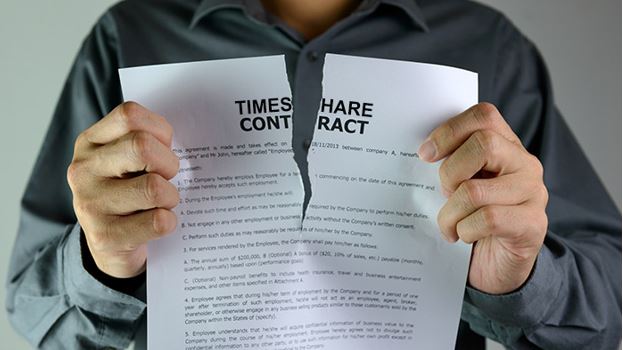Man will be able to assume with a clear conscience that the complaints that art is male-dominated will not be silenced any time soon. Sometimes you hear them phrased politely as a request to give women a little more awareness, sometimes they are literally shouted out in anger. And there are changes. On the art market, with publishers, in museums and galleries. Photography also benefits from this. Although the work of women photographers has been studied for more than forty years and its absence from the canon has long been criticized, last year’s encyclopedic photo book “What they Saw” with books by women photographers from the years 1843 to 1999 was celebrated as a sensation and presented at the Paris Photo awarded Photo Book of the Year. The heavy, likewise lexical volumes “Photography. A Feminist History” and “A World History of Women Photographers”.
No explanation or interpretation
There is no genre that is not highlighted in it: from portraits and advertising to architecture and landscape to reportage or war reporting. What the books want is to establish the names of female photographers. What they do not offer, however, is an explanation or interpretation of what constitutes the female gaze in photography. If you disregard confrontations with your own situation and, more specifically, with your own body and with the precarious situations of women on the fringes of society, i.e. where men are sometimes forbidden access, it is difficult if not impossible to get out of a recording to close the author.

At Castle Moyland
:
The exhibition “Female View”
Put simply, one could justify this by saying that the world looks the way it is. But then individual styles would be indistinguishable from each other. It is therefore more complicated to explain that conventions that have prevailed in the visual language only change over the course of epochs and that within these eras new dialect forms are sought rather than radical changes being striven for. This seems to be particularly true in fashion photography. And when a great overview exhibition entitled “Female View” presents works by more than twenty female fashion photographers, the female component of the gaze remains hidden from the visitor. The presentation is not at all about deconstructing the previous historiography of fashion photography, rather it is intended to complete it – whereby the selection is limited to almost exclusively famous examples and is therefore on safe ground.
Fashion photography is commissioned photography and the freedom it offers is manageable. In the course of its development, however, it has evolved from the most precise possible depiction of haute couture or prêt-à-porter to the depiction, perhaps even the invention, of a lifestyle with ready-made goods or no clothing at all. In the course of this, elaborate productions in the studio had to make way for casual ideas on the street. And cool elegance was given up in favor of a sometimes sweaty eroticism.
The fact that fashion photographers have now tried to usurp the autonomy of the view of women is not noticeable in the exhibition. They, too, succumbed to the spirit of the time or helped it along. The exhibition therefore documents in a wonderful way the change in the self-image of femininity and the prevailing ideals of beauty over the course of a hundred years. However, the pronounced will to open up new avenues becomes much less a matter of gender than that of an artistic personality.
Female View – fashion photographers from the modern age to the digital age, Castle Moyland; until January 15th. The catalogue, published by Hatje Cantz Verlag, costs 44 euros.









